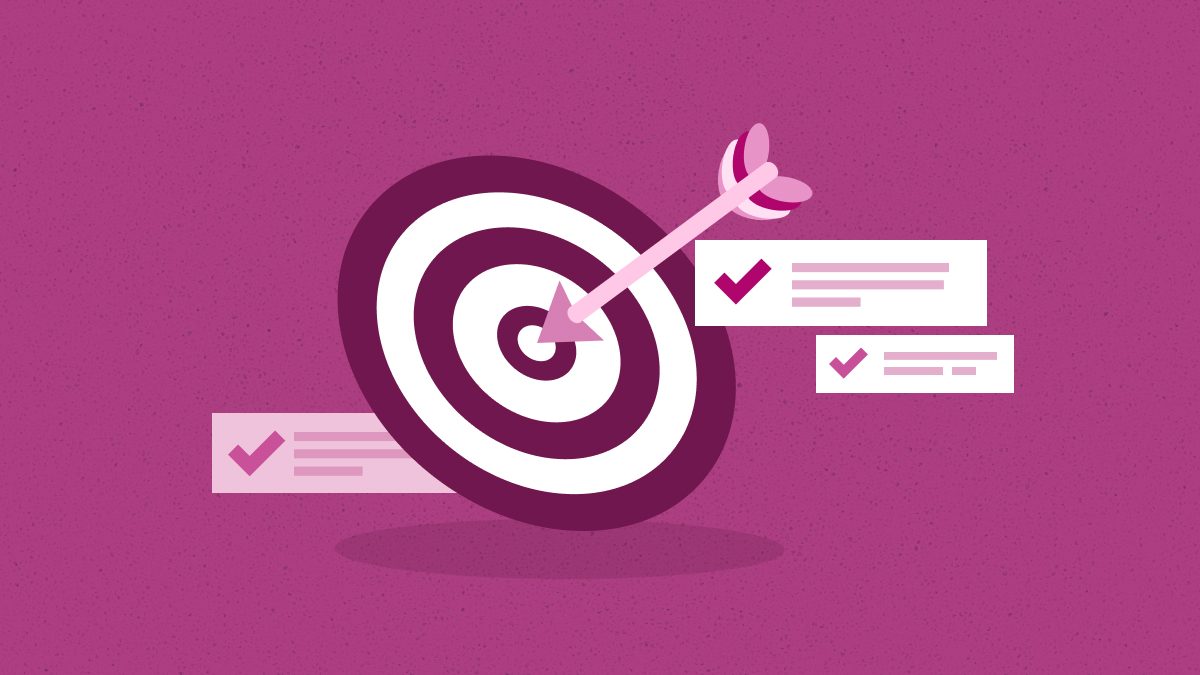Glossary about Data Loss Prevention
Data Loss Prevention
Businesses must take steps to protect themselves against any significant issues. That is especially true for all the risks of storing sensitive data. For example, data loss is a big risk and can lead to many financial and other problems for the business. So, they must plan prevention policies to protect their data. Here is everything you need to know about data loss prevention.
Data Loss Prevention Definition
Data loss prevention is a set of processes and tools businesses can use to ensure they don’t lose their sensitive data. Besides that, it also provides data protection against misuse and unauthorized access. These include software products that help the administrator control the data.
Besides that, it products utilize business rules to protect and classify critical information so that no one can unintentionally or intentionally share data. Organizations can adopt data loss prevention for threats from data privacy laws or the inside of their organization.
Top Practices For Data Loss Prevention
Here are the top practices your organization can follow
- Prioritization Of Data
Not all the data you have is equally important. That is why you must define what data is the most important to you so that you can prioritize it accordingly. For example, one way to understand the importance of data is to decide what will cause you the most problem if lost or stolen.
So, the best practice is, to begin with, your most sensitive data that targets are most likely to attack. Once you prioritize in this way, you can apply data loss prevention strategies to it.
- Understanding When The Data Is Prone To Risks
You can only apply prevention if you understand the risks it is prone to. For example, when used on endpoints, the data will be at the highest risk. When you understand this, you can take the necessary risks to prevent losing it.
An effective and robust prevention program will account for data mobility and when it is at risk during all the phases. So, be sure your program takes this into account.
- Monitoring Data
Finally, you must monitor the data, especially when it is in motion to understand what is happening to your data. Besides that, watching this will also help you determine the scope of the issues and the data loss prevention you can address. Monitoring in this way will help you minimize risks.
Final Words
That was your complete guide to understanding data loss prevention. You must use these tools, processes, and processes to take care of your data and ensure it remains secure at all times. Once you do, you will face a lower risk of data loss.
So, focus on securing your most valuable data and ensuring all your other data is safe. All of this will help you cause minimal disruption to your business and its processes.




